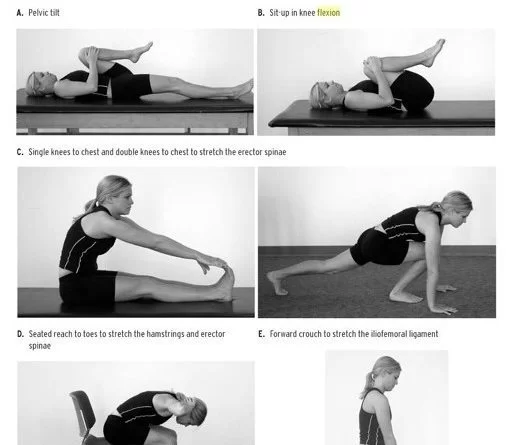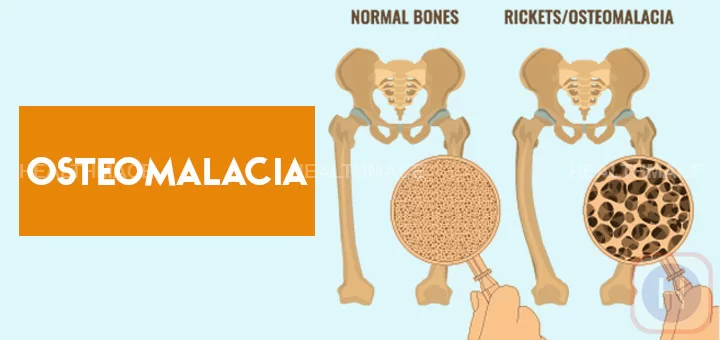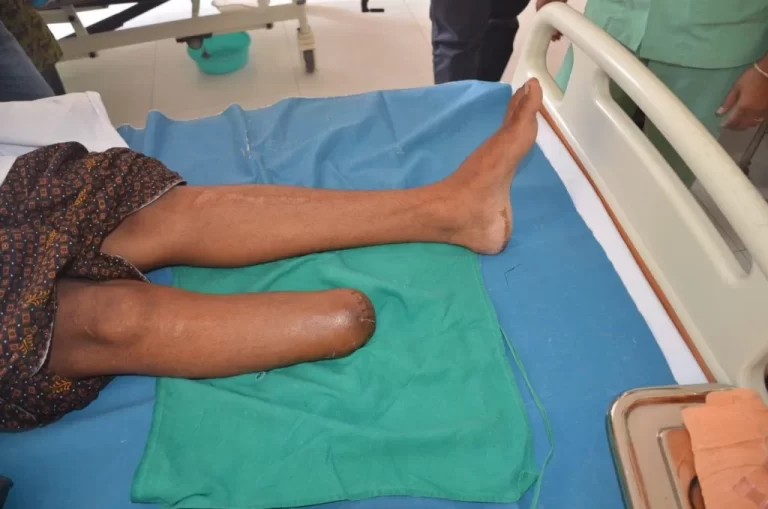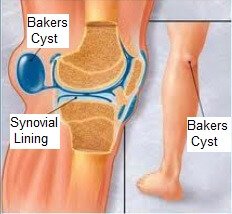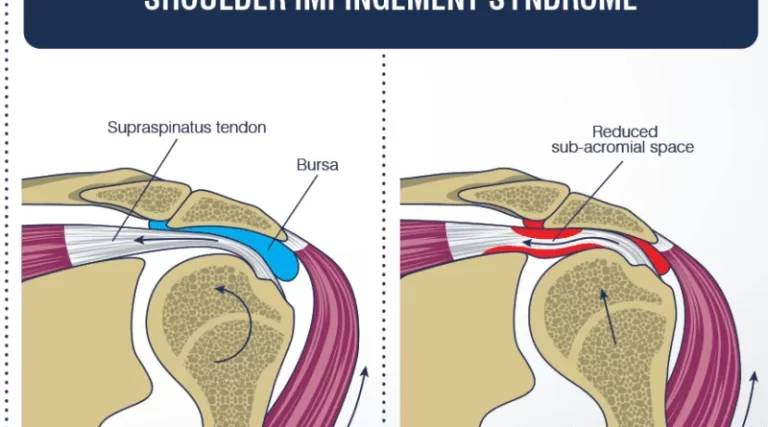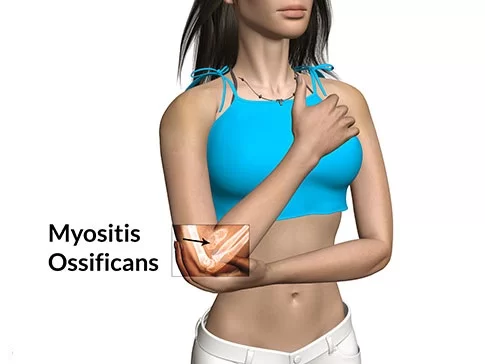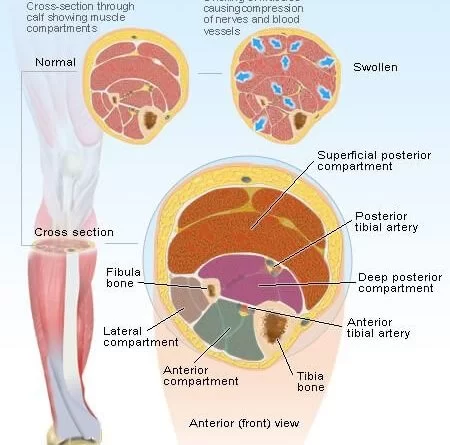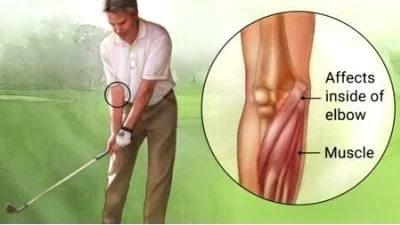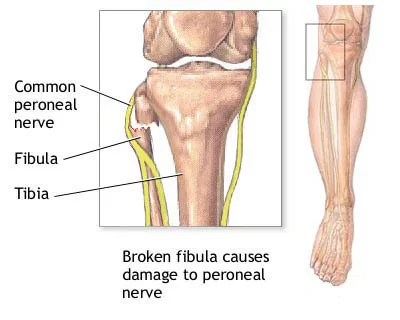McKenzie Protocol For Low Back Pain:
McKenzie Protocol For Low Back Pain is mostly recommended by Physiotherapist to improve to extend the spine that can help “centralize” the patient’s Back pain by relieving it from the leg to the back. Introduction of McKenzie Protocol: Many people spend long periods of time in a seated position. Being seated promotes a flexed spinal…


